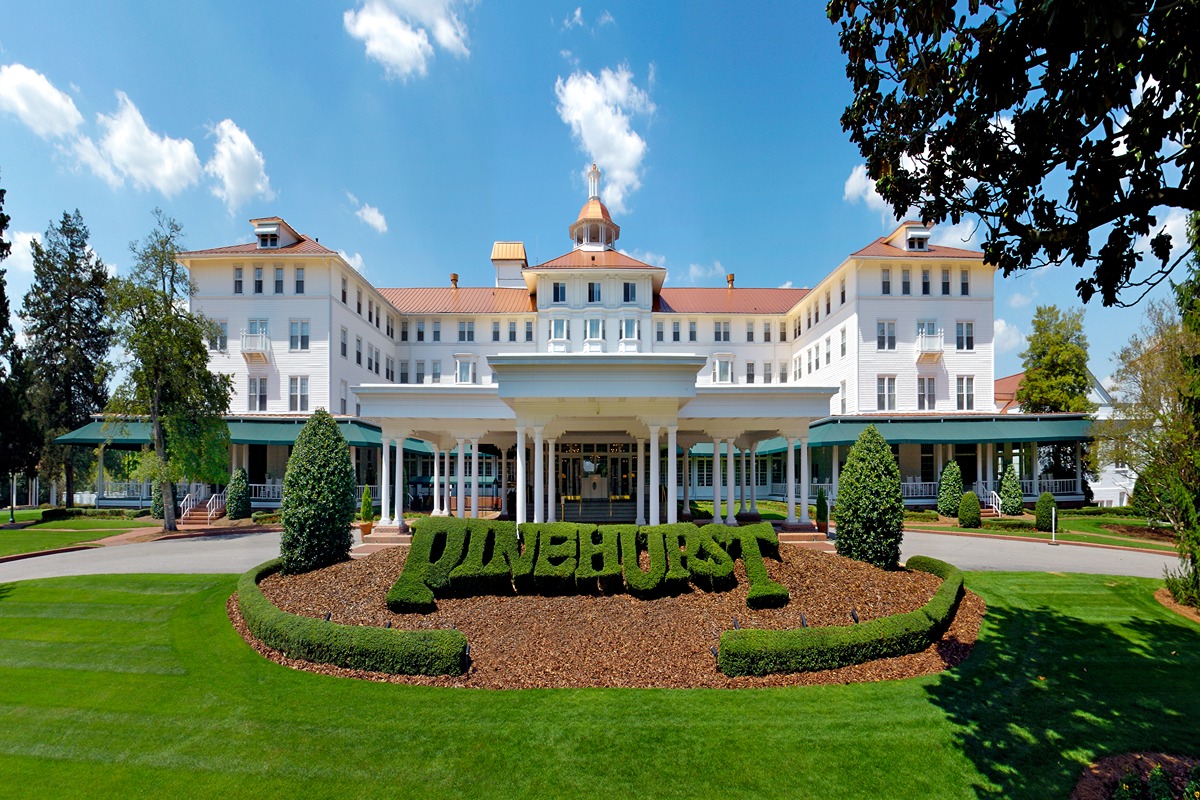
Pinehurst’s past inspires its present
Few sports revere their own history like golf. The sport, despite an onslaught of technological improvements to equipment, athletic clothing, and a slickly made Netflix series showing the sport’s luxury-loving superstars, still seems to evoke both within and without a sense of being old-fashioned. Maybe that image persists because so much of the game in this country takes place behind the closed gates of country clubs, but golf, especially with an influx of new players post-Covid, has been changing for some time. One of the best-case studies for that change is America’s first golf resort, Pinehurst.
Located in the Sandhills region of North Carolina about an hour south of the state capitol, Raleigh, Pinehurst has been hosting golfers since 1895 and this year it will host its fourth U.S. Open after being named an “anchor site” by the United States Golf Association. This means the championship will return to the resort’s most famous course, simply named No. 2, four more times between now and 2047. The last time the resort hosted the championship was in 2014, when it held both the men’s and women’s U.S. Open in back-to-back weeks, revealing a restoration to No. 2 where more than 40 acres of sod had been removed to return the course to a more rugged and natural look, in line with its appearance through the 1920s and 1950s.
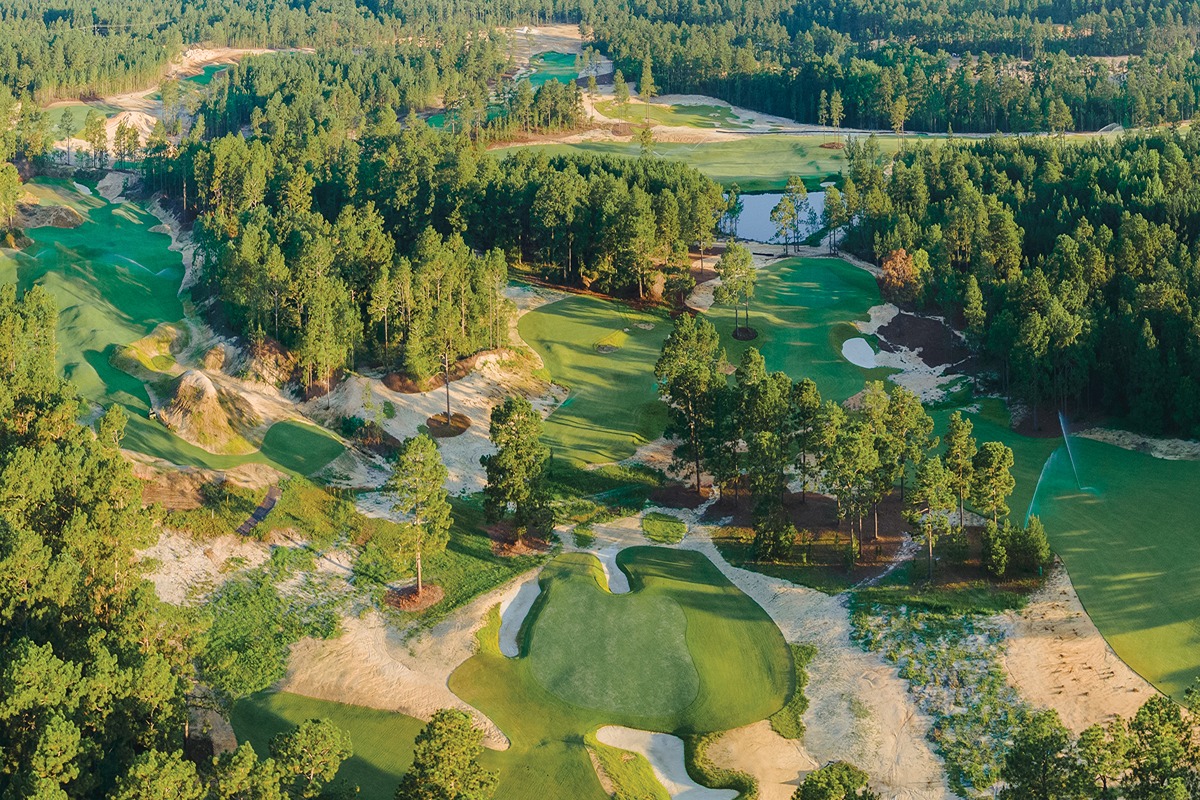
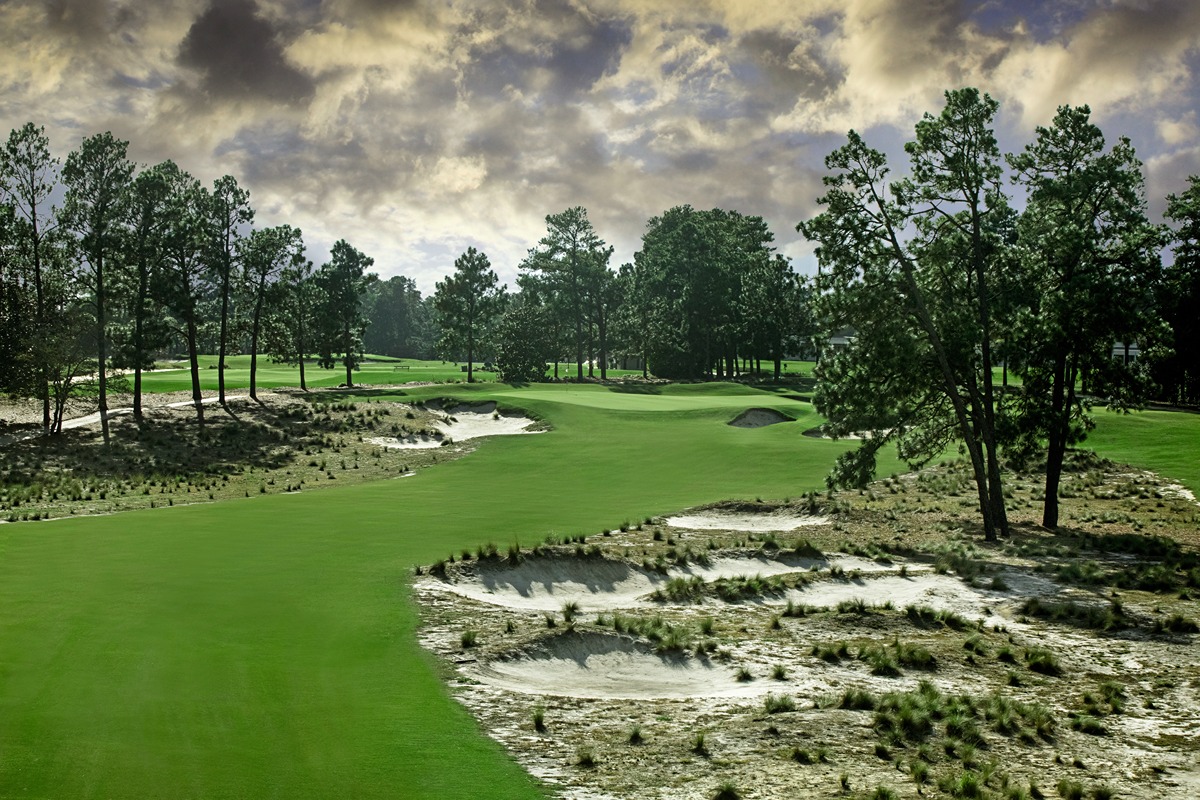
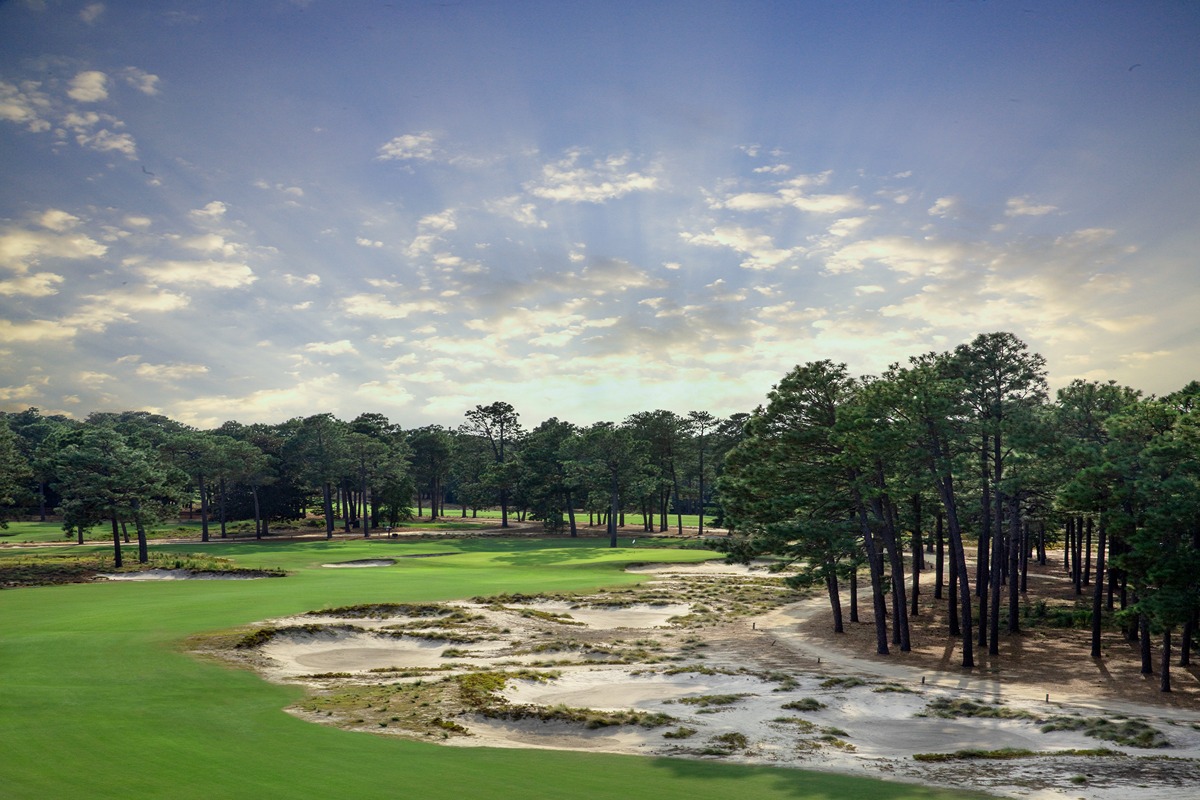
No. 2 has always been the resort’s main draw despite having nine courses in its roster—and a tenth slated to open this April—for legions of golfers over the years who wanted to test their games, but the 2014 championships helped show casual golf fans used to seeing the teeming green of their home courses or Augusta National Golf Club each April, a different look—and a different way—to play golf. That looked involved not lush fairways and brightly-lit greens that glowed on the screen but a course that showcased a return to old-school centerline irrigation with fairways brown and crispy at their edges, punished by the hot North Carolina summer. Furthermore, wide expanses of sand, spotted with native wire grass, provided a glimpse of golf’s past in the Sandhills and the makings of the resort’s future.
Those aesthetics captivated both the television audience and the pros, allowing the course’s original strategic elements—its fearsome dome greens known as turtlebacks—to take center stage and not the ways in which the course was maintained. Though the restoration of No. 2 had occurred three years before the tournament, the success of the course in holding up to the challenges of both testing the best golfers in the world and hosting consecutive tournaments served as “catalyst for all the changes that happened” at Pinehurst, says Tom Pashley, president of Pinehurst.


Those changes have included updated new dining options, including The Deuce, whose patio overlooks the 18th green of No. 2 and where resort guests cheer—and sometimes playfully boo—their fellow golfers finishing up their rounds. A new brewery is located in the town’s former steam plant, and there has been a complete renovation of several other of the nine courses in the resort’s portfolio, including its No. 4 course by esteemed architect Gil Hanse, which along with No. 2 hosted the 2019 U.S. Amateur.
“I don’t know that we had any grand plans of taking [the renovations] as far as we have,” Pashley says when they started restoring No. 2, “but with each iteration [the resort] is just so well received and the appetite is strong for people to continue coming here.”
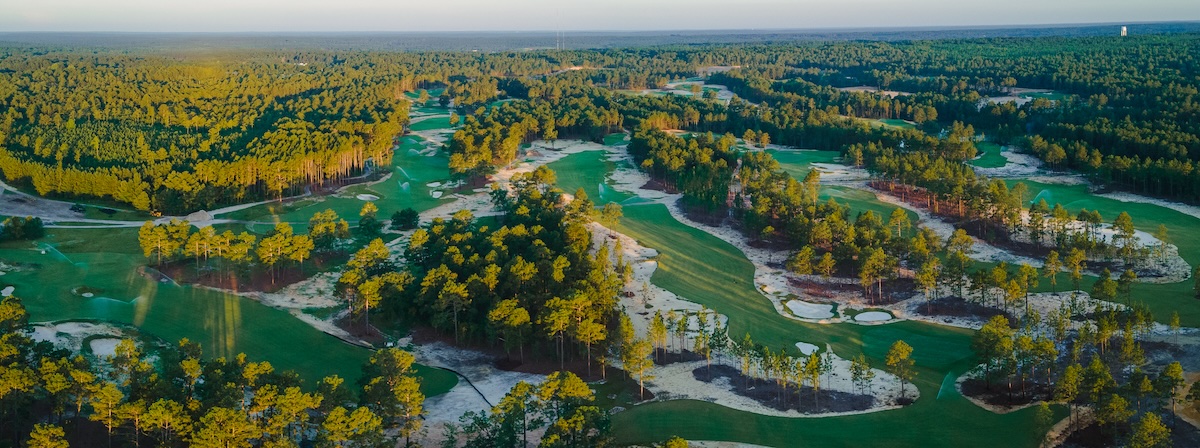
He goes on to cite the energy of the resort’s customers as a further catalyst to change and adds, “What I love to do is have somebody who hasn’t been to Pinehurst in the last five or ten years—when they come and visit it, they can’t believe it.”
The improvements at Pinehurst, in large part, are a reflection of a shift in the golf destination market largely brought on by the arrival of Bandon Dunes in Oregon, 25 years ago. At the time, many golf destinations had relied on either one architect or a handful of well-known former professional players turned architects to build their courses. Bandon presented a new paradigm in America, namely a links golf experience like that in Scotland and Ireland, where the game of golf as we know it was invented and first took shape. As Bandon’s own roster of courses grew, so did its popularity, and it forced other resorts to look at the formula for its success.
That No. 2 was indeed a world-class course, even prior to the restoration, was never really in doubt, though many people longed for it to return to its roots, including Tom Doak, who said the course had strayed too far from its origins. Beyond No. 2, though, traveling golfers had little reason to visit the other resort’s courses, which didn’t have the same cachet. The renovation of No. 4 helped a new breed of golfer, eager to try different kinds of golf, eager to play on courses that naturally reflected their native environs, discover another option at the resort. And, ironically, for a resort that’s hosted more championships than any other, it was its par-3 course, The Cradle, that might have done as much to change its image from living history to living history and must-see present. At less than 800 yards, The Cradle looks like No. 2’s little brother, but at any given time on any given day you can see it teems with golfers ages four through eighty, all with smiles on their faces.
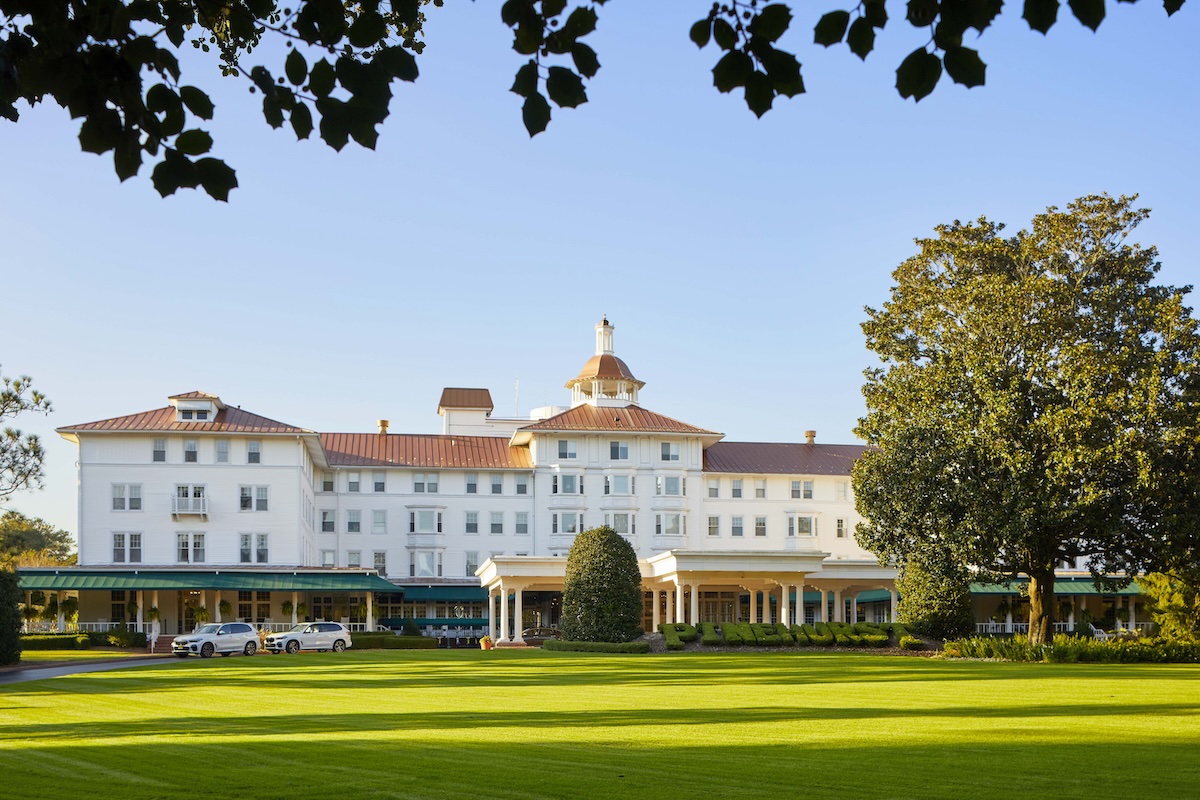
And, like other golf resorts across the country, Pinehurst has seen a spike in demand, which has led it to add a tenth course. “We’ve got more visitors trying to come here, so we really were having a constraint of available tee times,” Pashley says. One of Pinehurst’s unique features is that it’s both a resort and a country club with its own members. A spike in the rolls of both almost necessitated a new course. No. 10 is being built by Tom Doak on the remnants of an old mining quarry and features wide playing corridors with a slew of undulating greens that invite shots to be run-up to their surface and will provide multiple pin positions that can change the playing strategy for each hole.
“I think No. 10 offers a lot of different elements that we don’t have on any of our other courses,” Pashley says, adding, “One of my favorites is just the setting.” The course is located four miles away from the main resort on an isolated piece of property. “While I love the hustle and bustle of courses one through five here at the main clubhouse, to me, it’s like a national park. Everyone is here; they’re all looking, they’re all admiring. But over there you can just listen to the silence and the sounds of nature.”
A new course and hosting a major championship. One of those would be a lot for any resort, but along with those, the resort has also completed a major renovation to its flagship hotel, The Carolina, which involved improvements to every guest room, including leveling floors to the hundred-plus year-old hotel, as well as reconfiguring many of the room’s spaces to accommodate the modern golfer. As Pashley points out, in the resort’s earliest days, guests were packing steamer trunks and staying for a month or more. Large closets in rooms are no longer needed. Coffee stations and soundproofing are.
So, when visitors and players arrive this June for one of golf’s oldest championships at one of its oldest venues, they’ll both see and experience the past through new, modern amenities that Pashley hopes, “carries us for the next fifty years.”

